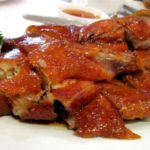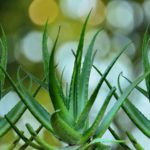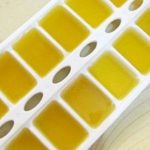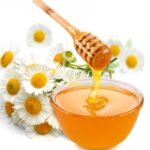Tips to Identify Low-Quality Food Products

[captionnews] Authentic shrimp paste has fine strands, a fluffy texture, and a natural yellow color due to the cooking process. [/captionnews]
Fake shrimp paste is made from cassava starch and artificial coloring, making it extremely harmful. To identify fake shrimp paste, pay attention to the strands. If the strands are fluffy and spongy, with fine and thin fibers, it is likely to be authentic.
Additionally, you can soak the shrimp paste in water. If it disintegrates and turns into a yellowish solution, it is likely made from cassava starch and artificial coloring.
Dried Fruit

Identifying low-quality dried fruit is simple. Just soak the fruit in warm water. If the color bleeds and the fruit completely dissolves, it is likely made from gelatin and artificial coloring.
Honey

Fake honey is often mixed with starch or powder to increase its weight. To identify this type of honey, simply add a few drops of acetic acid and observe. Fake honey will produce a white foam.
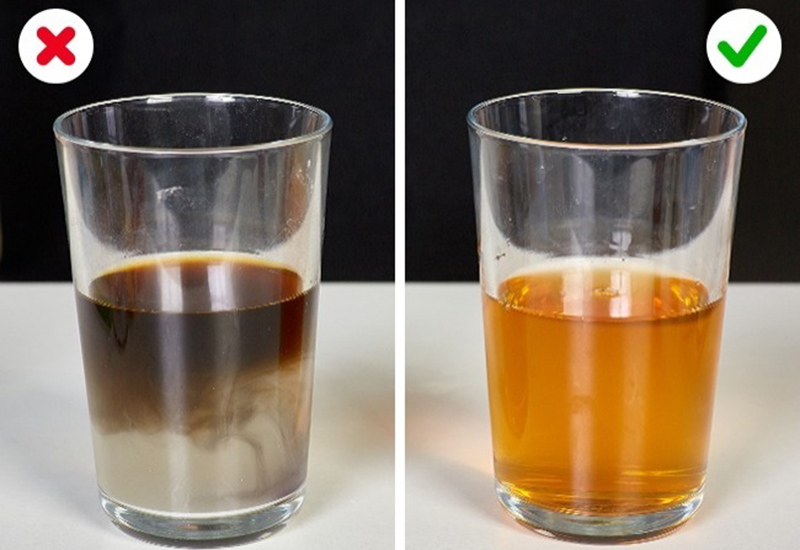
Alternatively, you can add iodine to the honey. If it turns dark, it indicates the presence of starch and powder.
Fish
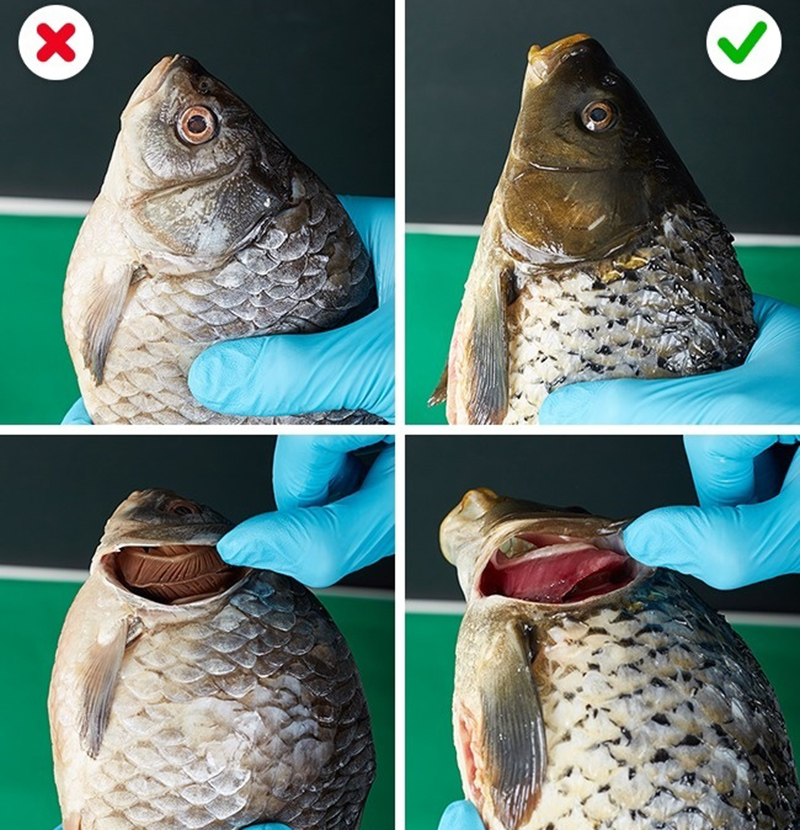
[captionnews] The eyes of spoiled fish will appear sunken. [/captionnews]
Fresh fish should have a slimy coating, bright eyes, elastic flesh, intact scales, and reddish-pink gills. When placed in water, fresh fish will sink.
On the other hand, if the eyes are sunken, the flesh is soft, the scales easily detach, and the gills are pale or discolored, and the fish floats when placed in water, it is likely spoiled and has been stored for a long time.
Eggs
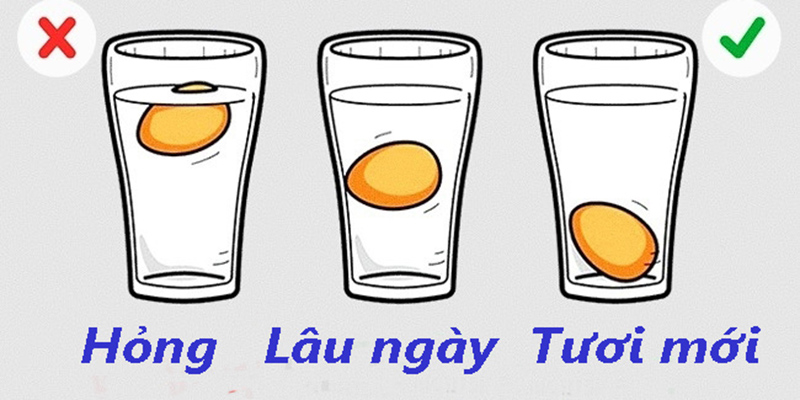
Place the eggs in a glass of water and observe. Fresh eggs will sink to the bottom. If they float or hover in the water, they are likely 2-3 weeks old. If they float to the surface, they are over a month old and should not be consumed.
Strawberries

Mash strawberries and mix them with sugar. Fresh strawberries with no pesticide residue will have a bright red color and release plenty of juice. On the other hand, if they are bruised, have detached stems, show signs of mold, or release minimal juice, they are likely old or heavily sprayed with pesticides.
Wine
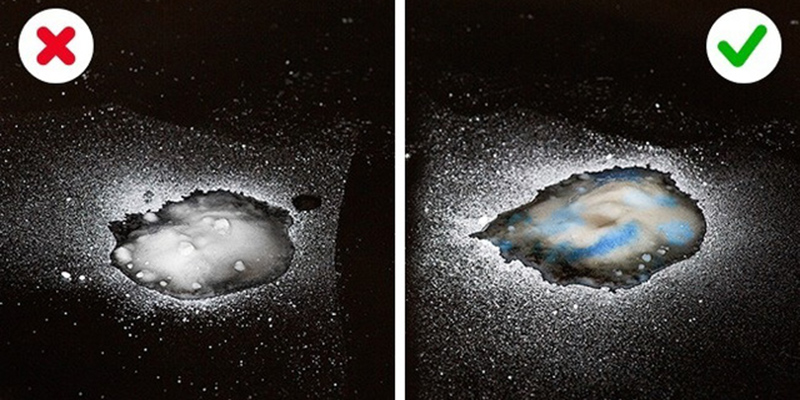
Fake wine is often made from synthetic grape flavorings and other chemicals, which can be harmful. To test its authenticity, simply add a few drops to a cup containing baking soda. If the baking soda turns green, it is genuine wine. If there is no reaction, it is likely fake.
It’s easy to identify low-quality food products. Use these tips to protect your family’s health!
Source: daikynguyenvn.com

























